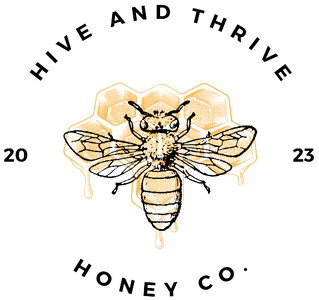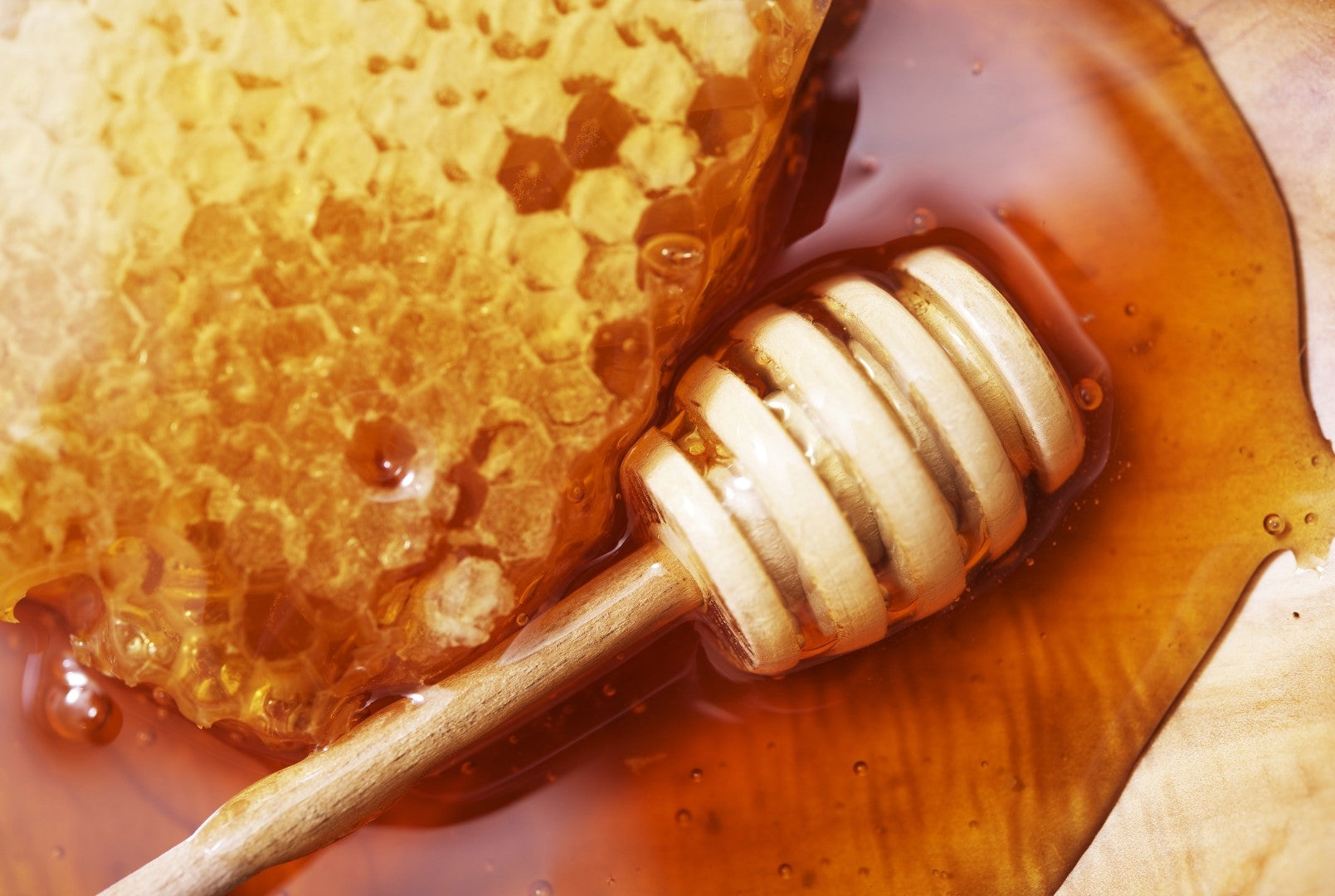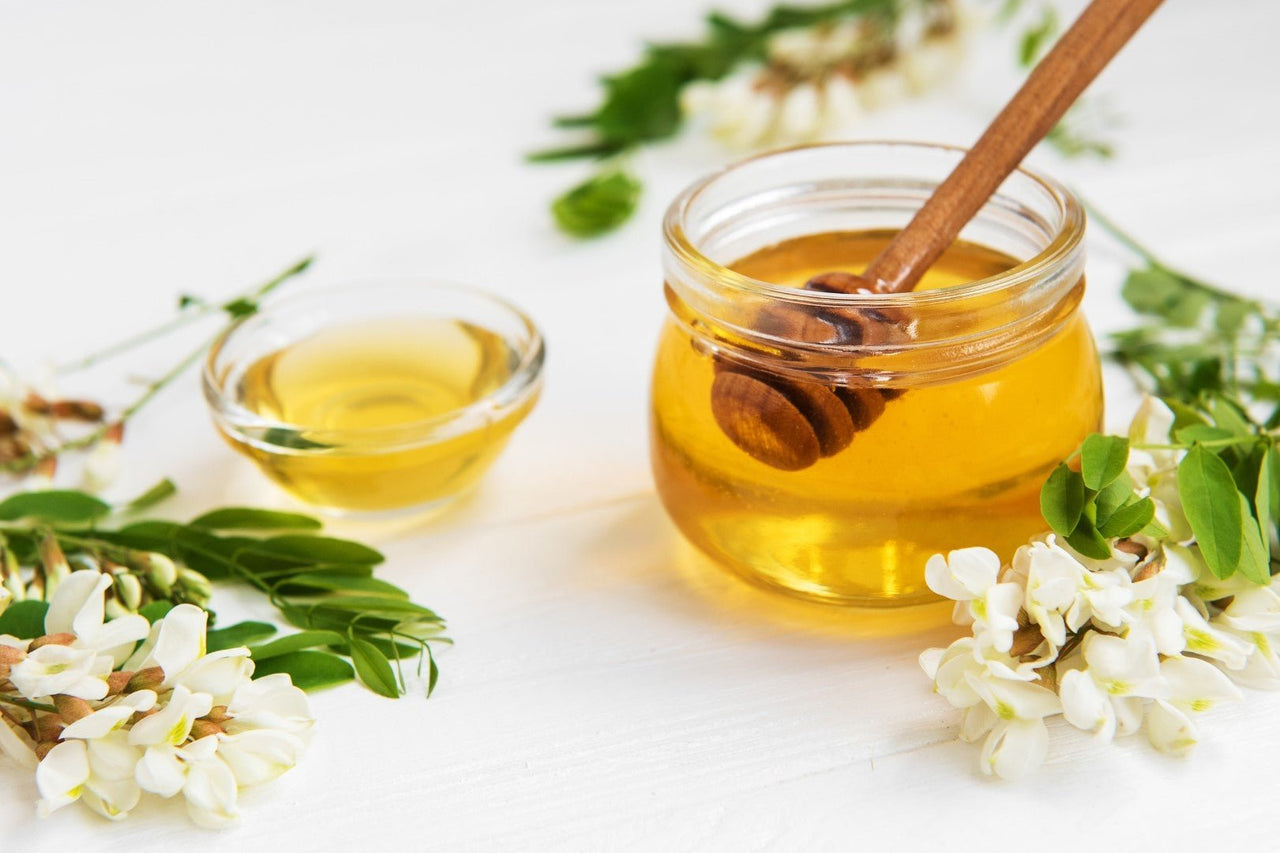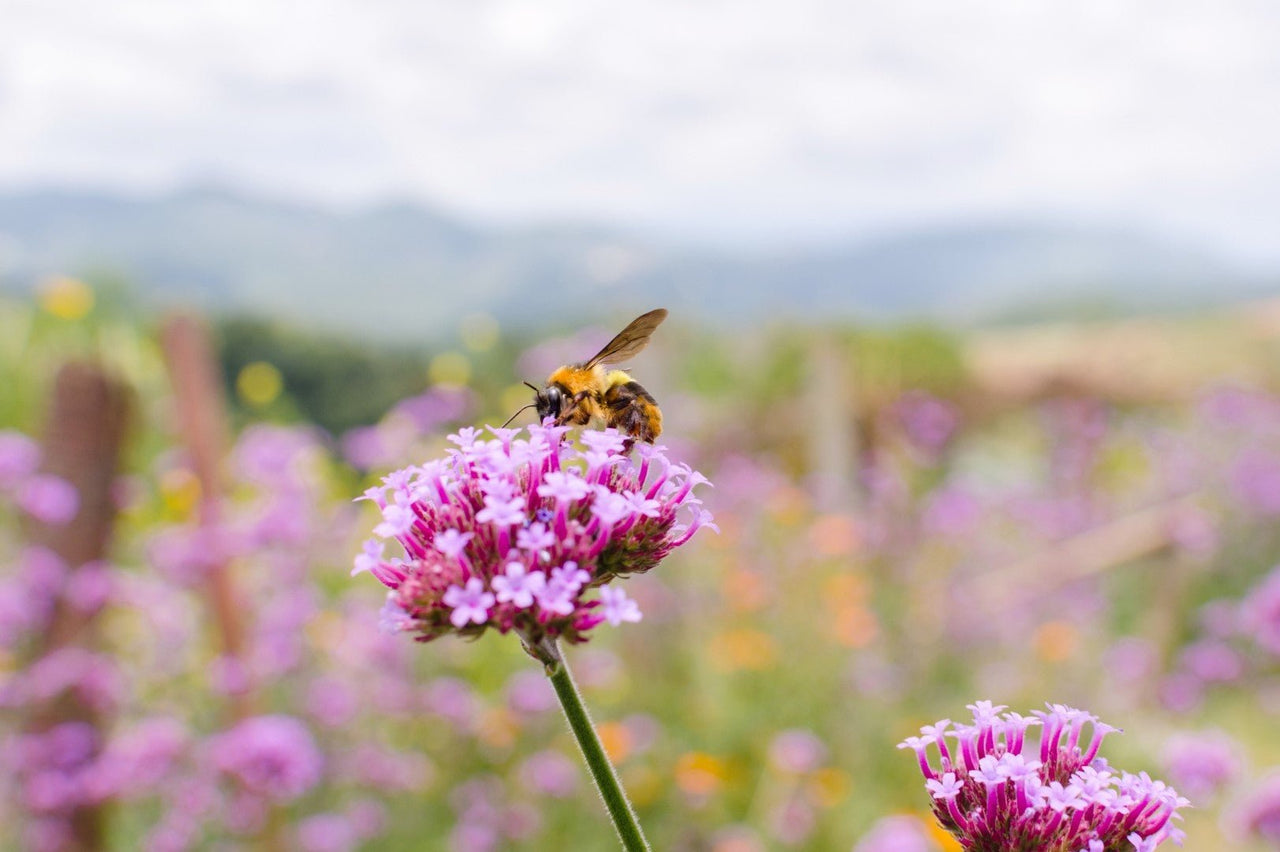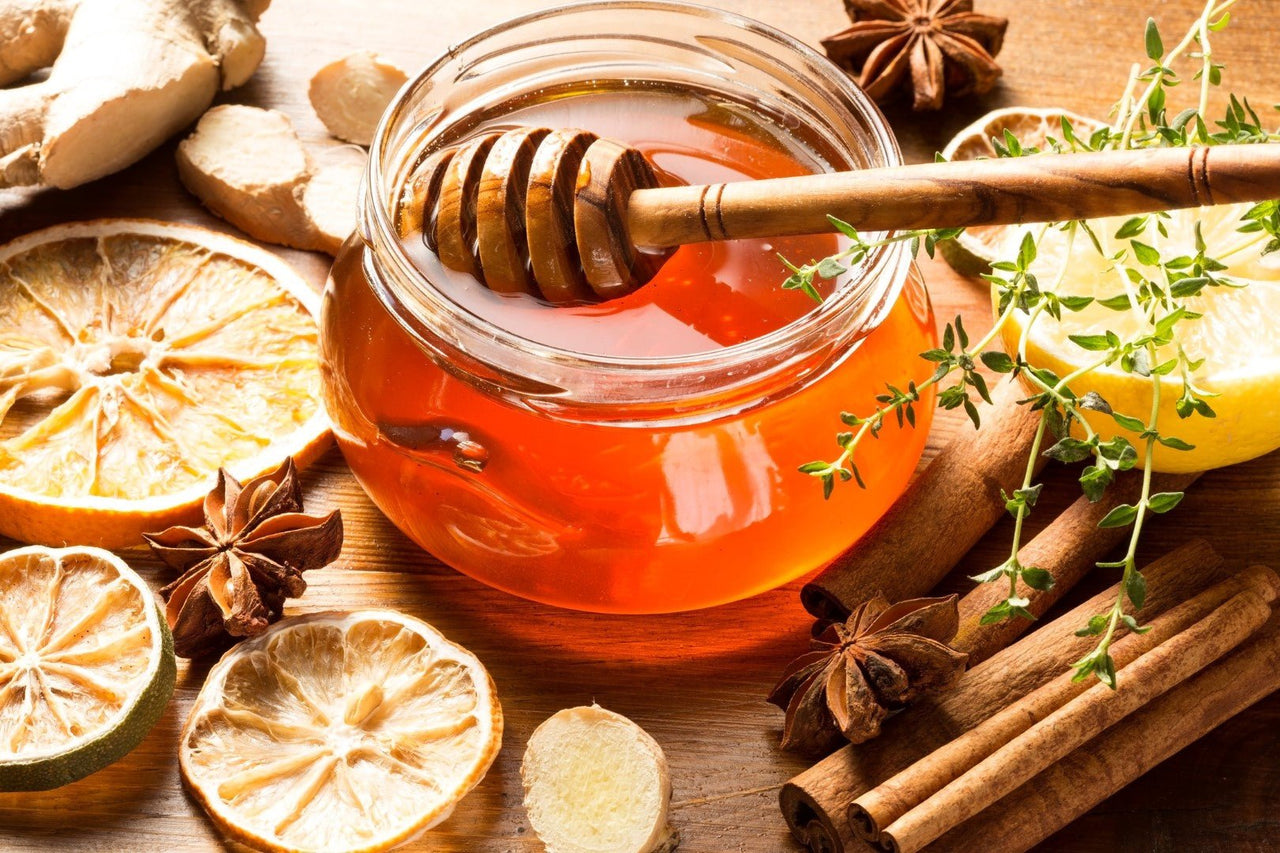Whether you're a seasoned green thumb or just dipping your toes into the garden soil, we're here to equip you with practical advice for creating a garden that beckons bees and supports their vital role in our ecosystems. Join us as we share recommendations for bee-attracting plants, tips for natural pest control, and guidance on fostering habitat diversity to nurture thriving pollinator populations.
Choose Bee-Attracting Plants:
Opt for a diverse selection of flowering plants that appeal to bees throughout the seasons. Here are some bee-friendly options to consider:
- Native Wildflowers: Choose native species adapted to your region, such as coneflowers, black-eyed susans, and goldenrods, which provide abundant nectar and pollen.
- Herbs: Include herbs like lavender, rosemary, and thyme, prized for their fragrant blooms and culinary uses.
- Fruit Trees: Plant fruit trees such as apple, cherry, and pear, which offer a profusion of blossoms in spring.
- Perennials: Incorporate perennial flowers like bee balm, salvia, and echinacea, which provide long-lasting blooms year after year.

Practice Natural Pest Control:
Embrace organic gardening practices to keep pests at bay without harming beneficial insects like bees. Here are some tips for natural pest control:
- Companion Planting: Interplant insect-repelling herbs and flowers among your garden crops to deter pests. For example, marigolds repel aphids, while basil deters mosquitoes and flies.
- Mulching: Apply organic mulch like straw or wood chips to suppress weeds and retain soil moisture, reducing the need for chemical herbicides.
- Biological Controls: Introduce beneficial insects such as ladybugs, lacewings, and predatory mites to prey on garden pests naturally.
- Handpicking: Regularly inspect your plants for pests and manually remove them by hand, especially caterpillars and beetles.

Foster Habitat Diversity:
Create a welcoming environment for bees by providing diverse habitats that meet their nesting and foraging needs. Here's how to foster habitat diversity:
- Provide Shelter: Incorporate features like bee hotels, brush piles, and rockeries to offer nesting sites for solitary bees and bumblebees.
- Leave Bare Ground: Leave patches of bare ground or undisturbed soil for ground-nesting bees to excavate their nests.
- Plant Hedgerows: Establish native shrubs and hedgerows along garden edges to offer shelter and foraging opportunities for bees.
- Avoid Chemicals: Minimize or eliminate the use of synthetic pesticides, herbicides, and fertilizers, which can harm bees and other beneficial insects.
By following these bee-friendly gardening tips, you can transform your outdoor space into a vibrant oasis teeming with life and color. From selecting bee-attracting plants to practicing natural pest control and fostering habitat diversity, every action you take contributes to the well-being of bees and other pollinators. So, roll up your sleeves, dig in the dirt, and join us in creating a sanctuary where bees can thrive and flourish for generations to come. Together, we can make a bee-autiful difference in the world around us.
